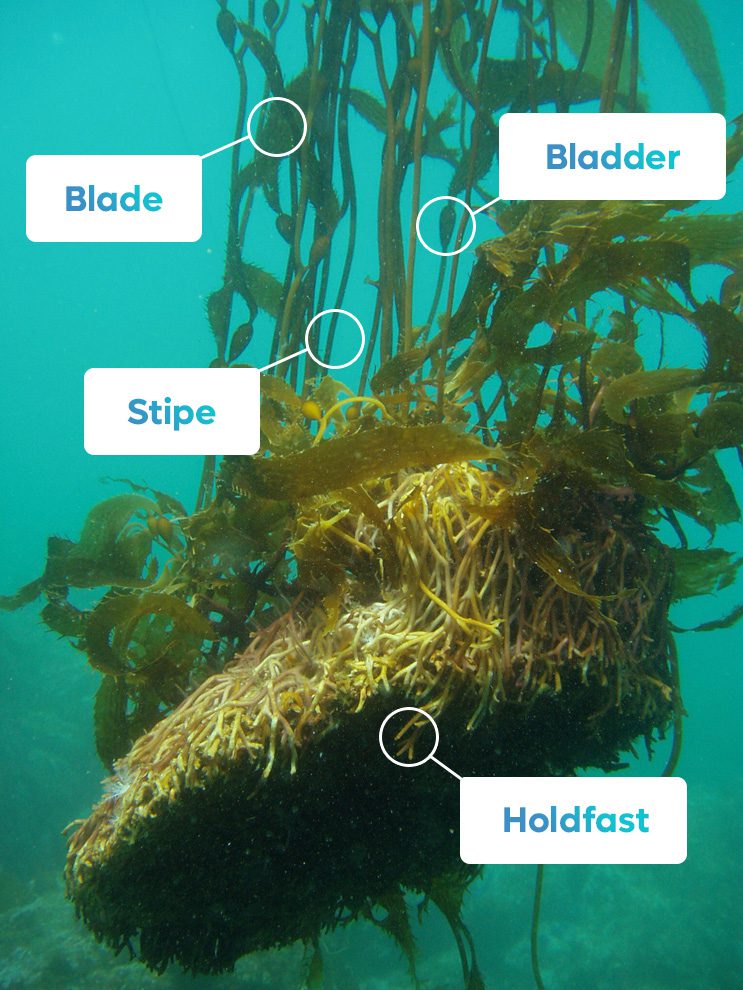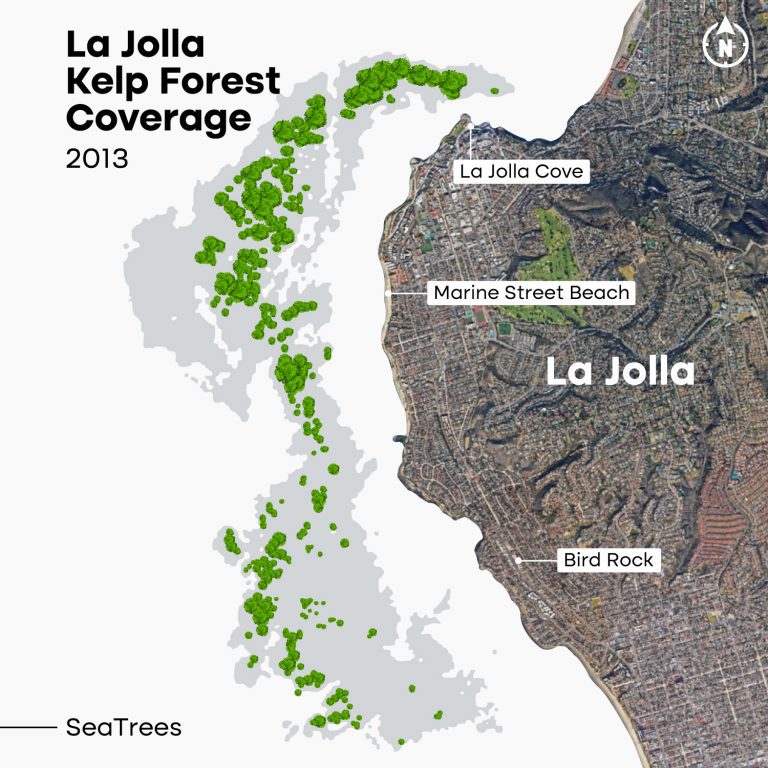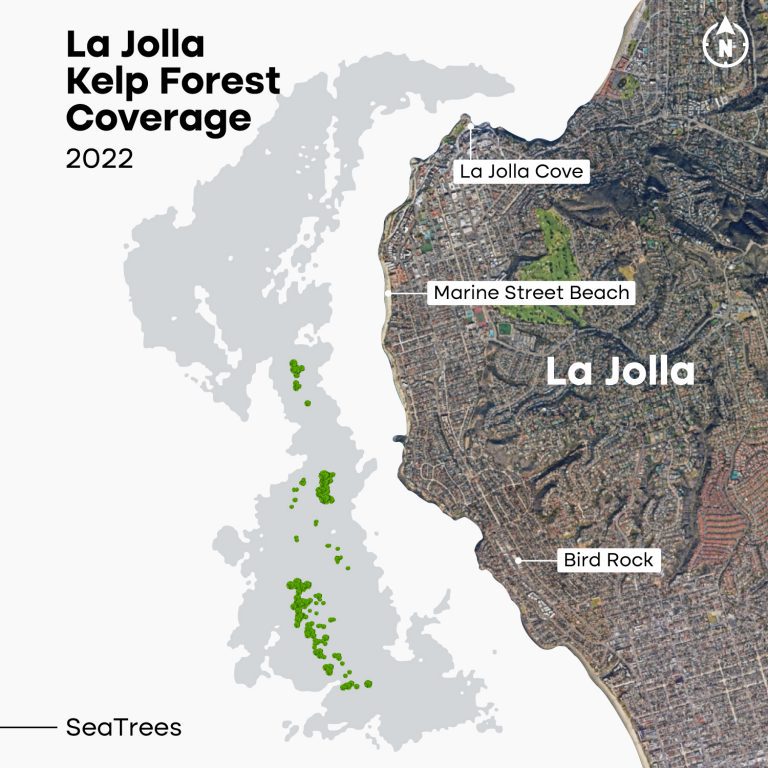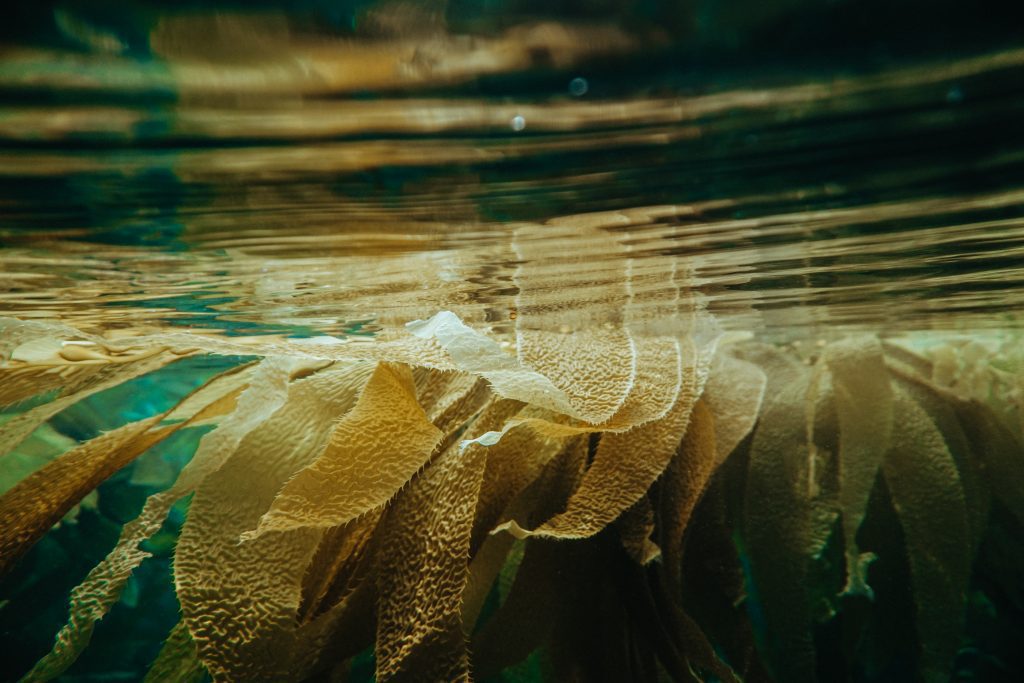The kelp forests in La Jolla once flourished as one of the largest on the West Coast, but its steady decline over the last 15 to 20 years has scientists concerned about why it’s not recovering as it should.
Local water excursion groups in La Jolla promote the kelp forests in La Jolla as one of the main must-see attractions in the water but admit that the kelp forests aren’t what they used to be.
According to the La Jolla Light, local researchers who monitor the kelp forests off San Diego’s coast have noticed that kelp forests off of Point Loma and La Jolla aren’t showing the regrowth progress they would have hoped for.
Ed Parnell, a marine ecologist at UCSDs Scripps Institution of Oceanography in La Jolla, says several factors could contribute to the decline of the kelp forests, including rising ocean temperatures, disease, and lack of light in deeper waters.
“Temperatures in the northern La Jolla kelp areas are a bit higher than in the southern portions, but ‘not enough to account for … the complete lack of kelp recovery.'”
Ed Parnell, The La Jolla Light
Rod Watkins with Scuba San Diego Inc told the La Jolla Light that although snorkelers and divers are still excited to come out and see what is left of the kelp forests, “it’s nothing like what there was 15 to 20 years ago.”
Kelp requires cold water temperatures to successfully re-grow, so warming events such as the 2014 heat wave and the subsequent El Niño climate cycle in 2016 that caused warmer water temperatures are believed to have slowed a strong resurgence of the kelp forests.
Researchers fear that with the current El Niño advisory, water temperatures through 2024 will continue to rise, and what little regrowth the La Jolla kelp forest has may again suffer.
Kelp forests in La Jolla “have declined by up to 90% since a marine heatwave in 2014-2015 wiped them out, and have not yet re-grown despite water temperatures having returned to normal.”
Sea-Trees.org
Kelp forests are not immune to seasonal changes, natural disturbances, and human-induced stressors. Climate fluctuations, weather, pollution, and overfishing can negatively impact kelp forests. Ed Parnell told the La Jolla Light, “The answer is probably going to be complicated; it’s probably several factors,” and that determining the cause among the various factors at play will take time.
What exactly is kelp, and why is it important?
Kelp’s plant-like features and ability to photosynthesize cause many to believe that kelp is a plant when, technically, it is a type of algae.
The health of kelp forests around the world is vital. According to the National Oceanic and Atmospheric Administration (NOAA), “scientists estimate that roughly half of the oxygen production on Earth comes from the ocean,” with the majority of production coming “from oceanic plankton — drifting plants, algae, and some bacteria that can photosynthesize.” They use the energy from the sun to convert carbon dioxide and water into food.
Kelp forests are also crucial in protecting and reducing coastal erosion, particularly relevant to La Jolla. The kelp helps absorb wave activity and acts as a buffer, reducing the impact stronger currents and wave activity can have on sensitive shorelines.
The kelp forests support many different species of marine life, providing shelter, nursery habitat for juvenile fish, and a food source.
The anatomy of kelp
Kelp consists of four major parts: the blade, bladder, stipe, and holdfast.

- The blades of kelp are responsible for photosynthesis and nutrient absorption.
- The holdfasts act as the root-like bottom that helps keep the kelp anchored.
- The bladders are gas-filled bulbs that keep kelp afloat.
- The stipe is the kelp stem, where some types of kelp can grow up to 150 ft long.
Where are the kelp forests in La Jolla?










